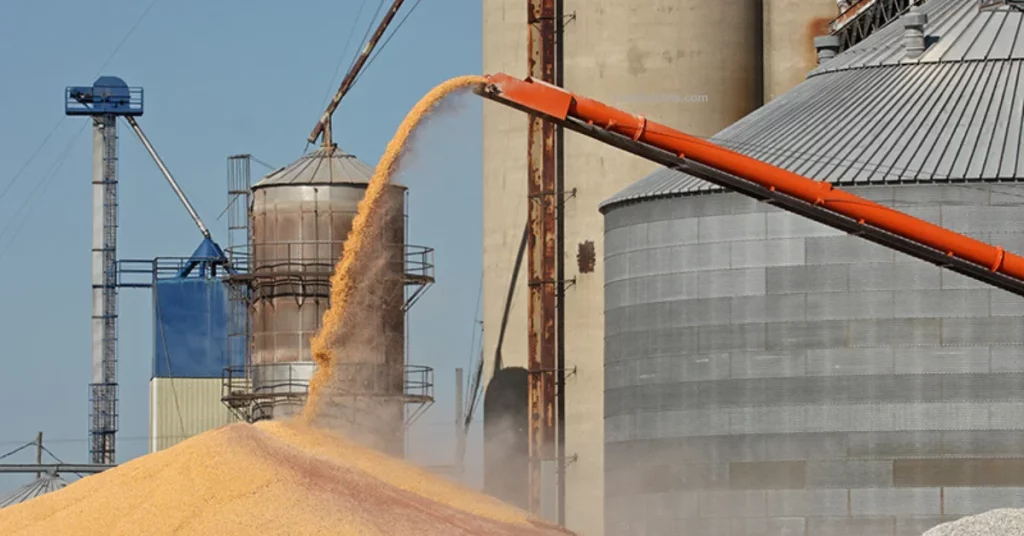Reducing Fire and Explosion Risks
One of the primary objectives of grain dust collection systems is to mitigate the inherent risks of fire and explosions associated with combustible grain dust. These systems achieve this by efficiently removing and containing the potentially hazardous particles, preventing the formation of explosive atmospheres within grain handling facilities. Through meticulous suction and filtration processes, they eliminate the conditions conducive to ignition, providing a crucial layer of protection for both workers and the integrity of the facility.
Filtration Technologies: Safeguarding Air Quality
Grain dust collection systems deploy various filtration technologies to ensure the thorough removal of airborne particles. High-efficiency filters, such as cartridge filters and baghouse filters, play a pivotal role in trapping dust particles of varying sizes. These filters are designed to strike a balance between capturing fine dust particles and maintaining optimal airflow within the system. The choice of filter depends on factors such as the volume of air, the type of grains being handled, and the specific requirements of the facility.
Dry Filtration: Capturing Dust with Precision
Dry filtration is a common method used in grain dust collection systems. In this process, dusty air is passed through filters that capture and retain the dust particles. Cartridge filters, composed of pleated material, provide a large surface area for effective filtration. As air passes through these filters, the dust is collected on the filter surface, allowing clean air to be released back into the environment. Regular maintenance, including the periodic replacement or cleaning of filters, is crucial for sustaining the system’s effectiveness.
Wet Filtration: Harnessing the Power of Liquid
Wet filtration methods involve using a liquid, typically water, to capture and neutralize dust particles. In these systems, dusty air is passed through. a water curtain or sprayed with water, causing the dust particles to adhere to the liquid and settle. Wet dust collectors are particularly effective in handling sticky or agglomerating dust, providing an additional layer of safety by reducing the risk of dust re-entrainment. These systems require proper water management and periodic cleaning to maintain their efficiency.
Cyclones: A Whirlwind of Efficiency
In addition to traditional filtration methods, cyclones are frequently employed in grain dust collection systems. Cyclone separators use centrifugal force to separate dust particles from the air stream. As the dusty air enters the cyclone, it is forced into a spiral motion, causing. The heavier particles are to be thrown against the walls and collected in a hopper. Cyclones are especially effective in pre-filtering larger particles before the air passes through finer filtration stages. Their robust design and low maintenance requirements make them a popular choice in grain dust management systems.
In conclusion, the careful selection of filtration technologies, including. The use of cyclones and the incorporation of both dry and wet filtration methods make grain dust collection systems. Indispensable in safeguarding air quality and mitigating the potential dangers posed by combustible grain dust. By addressing these risks through effective filtration and maintenance strategies. These systems contribute significantly to creating a secure and resilient environment within grain handling facilities.
